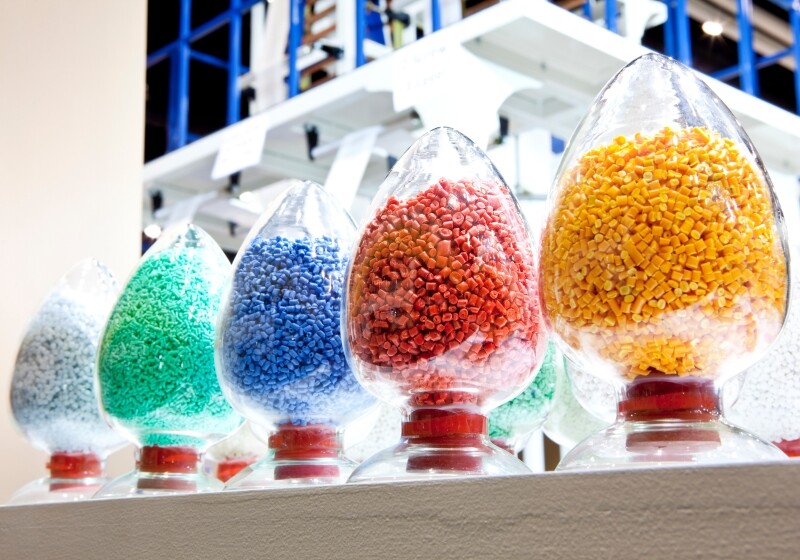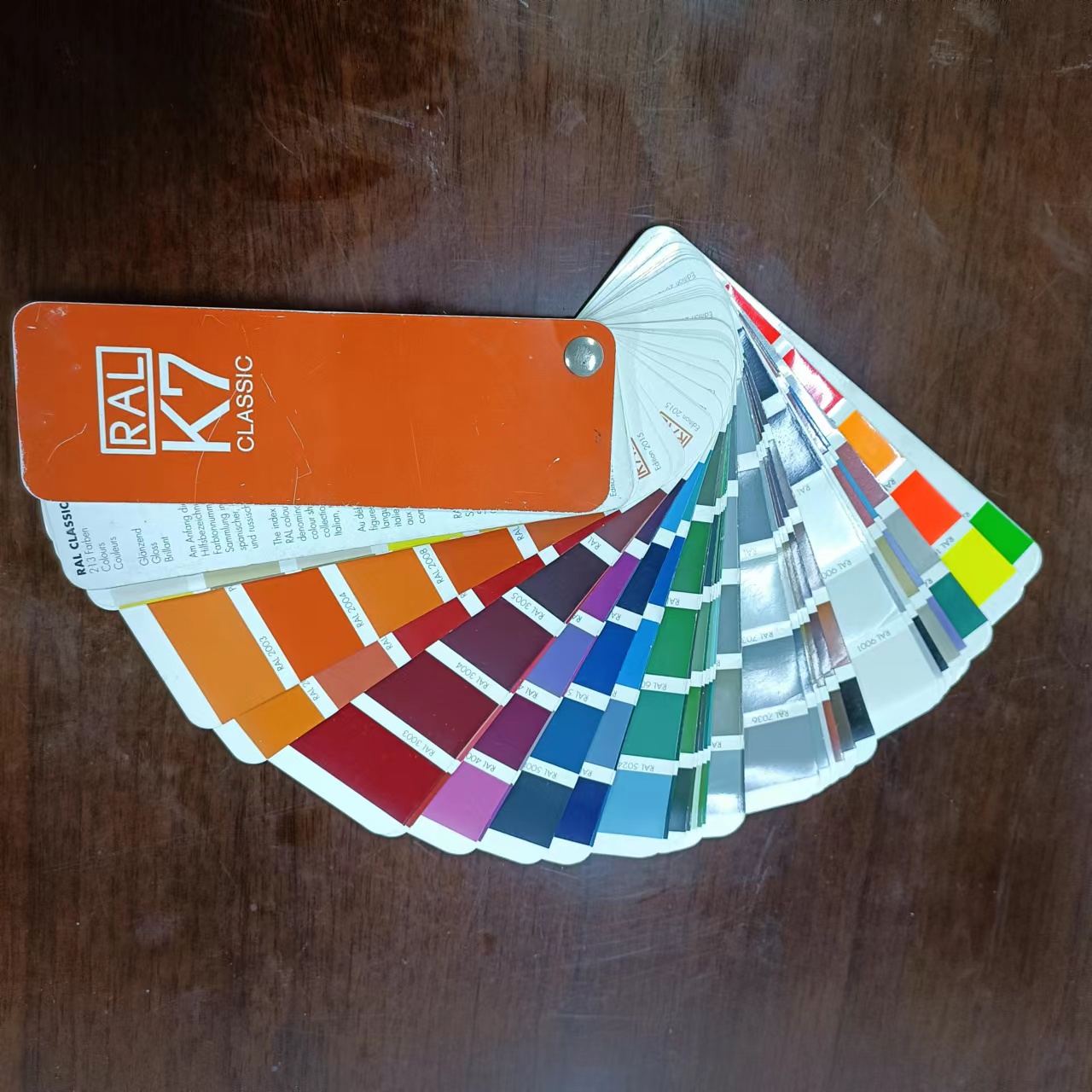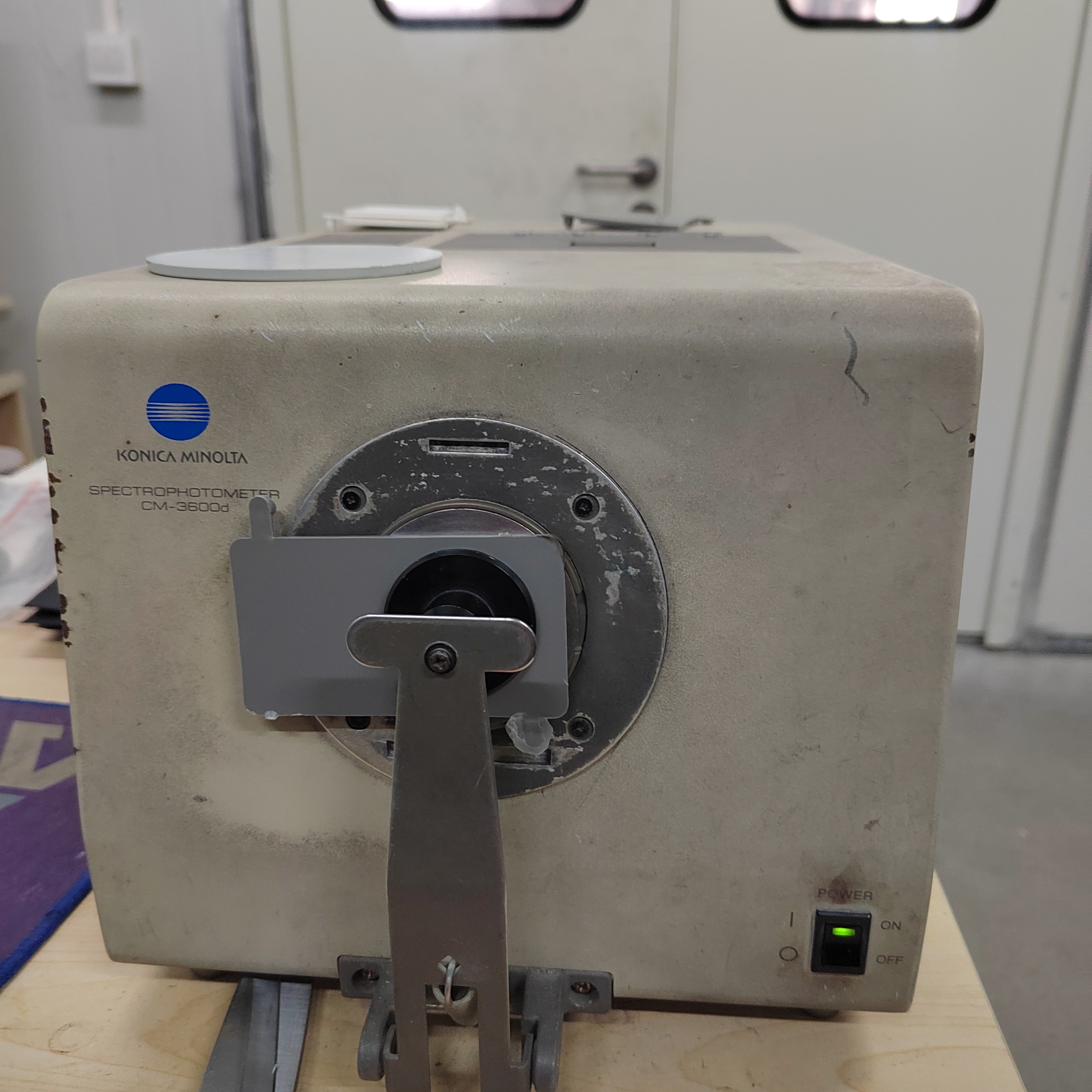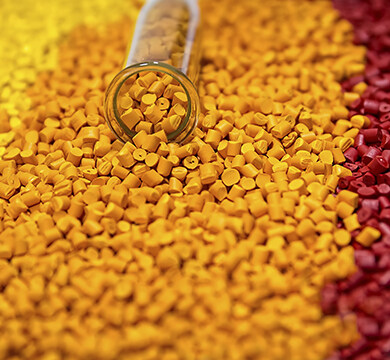Email format error
Email cannot be empty
Email already exists
6-20 characters(letters plus numbers only)
The password is inconsistent
Email format error
Email cannot be empty
Email does not exist
6-20 characters(letters plus numbers only)
The password is inconsistent

Offer Technical Support and Customized Solutions
The company is committed to creating new and improved plastic materials to meet the evolving demands of the market.

Dive into the World of Color Modified Plastic: Enhancing Aesthetics and Functionality
Color customization is becoming increasingly important in the world of plastic parts manufacturing. Consumers are seeking products that not only meet their functional needs but also reflect their personal style and preferences. As a result, businesses need to find efficient and effective ways to offer a wide range of colors for their plastic parts. In this blog post, we will explore the definition of plastic color matching, the role of colorants, the color matching and coloring process, color matching management and instruments.
1. Definition of plastic color matching:
Definition: Color matching is based on the three basic colors of red, yellow, and blue (the three primary colors), to create a color that is pleasing to the eye, meets the color difference requirements of the color card, meets the color that the customer wants, is economical, and does not discolor during processing and use.
In addition, plastic coloring can also give plastics a variety of functions, such as improving the light resistance and weather resistance of plastics; giving plastics certain special functions, such as conductivity, antistatic properties, antibacterial properties and other special materials; different colored agricultural mulch films have the functions of weeding or insect repelling , seedling cultivation and other functions. That is, certain application requirements can also be achieved through color matching.
2. Colorants:
Pigments and dyes
Pigment characteristics: Pigments are colorants that cannot be dissolved in ordinary solvents. Therefore, to obtain ideal coloring properties, it is necessary to use mechanical heating and kneading to evenly disperse the pigments in the plastic.
Pigment classification: Pigments can be divided into organic pigments and inorganic pigments according to their structure.
Inorganic pigments
Advantages: good thermal stability, very good weather resistance, excellent light stability, low price, and excellent dispersion performance. For example: titanium dioxide, carbon black, etc.
Titanium dioxide series: There are mainly three types: titanium dioxide, zinc oxide, and zinc-barium white. Titanium dioxide is divided into two structures: rutile type and anatase type. Rutile type titanium dioxide has high refractive index, high hiding power, stability and good weather resistance. If titanium dioxide is not dispersed and processed when it leaves the factory, a large number of black spots will be produced during the color matching process. The dispersion is not open, so it needs to be dispersed and processed with a dispersant before it can be used. Some manufacturers' brands have to be processed after processing. Entering the market, such materials can be used directly. Mainly used to cover the transmittance of resin and increase whiteness.
Carbon black: It is a commonly used black pigment and is cheap. It also has UV protection (anti-aging) and conductive effects on plastics. Different production processes can produce various carbon blacks with a wide range of particle sizes, and their properties vary greatly. . Carbon black is divided into pigment carbon black and rubber reinforcing carbon black according to its use. Pigment carbon black is further divided into high pigment carbon black, medium pigment carbon black and low pigment carbon black according to its coloring ability. Carbon black particles are prone to aggregation. To improve the coloring power of carbon black and solve the dispersion of carbon black, it is necessary to add a dispersant and process it before use.
Disadvantages: relatively poor tinting power, high relative density, large addition amount, and lack of bright colors;
Mainly used: used to increase color concentration (generally speaking, various resins can be used according to color requirements), especially in engineering plastics with good superior properties, such as: PA, PC, PBT, POM, PPO, PPS, etc. Materials and opaque colors, gray and other resins.
Organic pigments
Advantages: high tinting power, bright color, complete color spectrum, low relative density and small addition amount.
Disadvantages: heat resistance, weather resistance and hiding power are not as good as inorganic pigments, poor dispersion effect, poorer transparency than dyes, and higher price.
Mainly used in: POM, PE, PP, TPU, TPE and other crystalline materials and some brightly colored products (bright color products that cannot reach the brightness of dyes).
Dye
Advantages: Dyes are organic compounds that can be used in most solvents and dyed plastics. They have the advantages of low density, high tinting power and good transparency.
Disadvantages: However, its general molecular structure is small and it is easy to migrate during coloring (crystalline materials). The price is more expensive than inorganic pigments, and some prices are close to those of organic pigments.
Pearlescent pigment: Also called mica-titanium pearlescent pigment, it is a titanium dioxide-coated mica wafer. According to different hues, they can be divided into three categories: silver-white pearlescent pigments, rainbow-type pearlescent pigments, and colored pearlescent pigments.
Color matching and coloring process:
Color matching can be done by directly adding the toner to the resin, mixing the toner with the resin, and extruding the color masterbatch.
Toner is added directly to the resin method:
After the toner is directly mixed with the plastic resin, it is sent to the next step of the product molding process. The process is short and the cost is low, but the working environment is poor, the tinting power is poor, and the coloring uniformity and quality stability are poor.
Toner mixed resin extrusion method:
This method has the best effect on the uniformity of resin and color. It can make the pigment fully dispersed in the resin, with accurate color, clean quality and easy processing.
Masterbatch method:
It is a pellet made of colorant, carrier resin, dispersant and other additives to form a certain concentration of colorant. When molding the product, a certain amount of color masterbatch is added according to the coloring requirements so that the product contains the required amount of coloring and meets the coloring requirements.
Masterbatch can be classified according to the resin to be colored, such as ABS masterbatch, PC masterbatch, PP masterbatch, etc.; it can also be classified according to the coloring resin processing process, and there are three major categories of masterbatch: injection molding, blown film, and extrusion grade. . Because the pigments are pre-treated first, the masterbatch has high tinting power, the dosage can be reduced and the quality is stable. It is easy to transport, store and use, and the environmental pollution is greatly reduced.
The dispersant removes surface air by wetting and penetrating the pigment, and disperses the agglomerates and agglomerates into fine, stable and uniform particles, which will no longer agglomerate during the processing. Commonly used dispersants are low molecular weight polyethylene wax. For organic pigments and carbon black that are difficult to disperse, EVA wax or oxidized polyethylene wax is used. There is a big difference between synthetic low molecular weight polyethylene wax and low molecular weight polyethylene wax made by polyethylene cracking method. Other additives include coupling agents, antioxidants, light stabilizers, antistatic agents, fillers, etc. The amount added depends on the requirements and varieties. They are called multifunctional masterbatch. Adding brighteners is beneficial to molded products. Demold and improve the surface brightness of the product.
The performance indicators of the masterbatch include color difference, whiteness, yellowness, yellowing degree, thermal stability, oxygen index, melt flow rate, etc. Of course, the fineness, migration, chemical resistance, and toxicity of the pigment are also related to the masterbatch. Related to particle properties, some indicators are very important in special applications, such as the fineness of the filter press value (DF value) of fiber-grade masterbatch.
4. Color matching management and instruments
The hardware for color matching management includes a colorimeter and a computer that processes the measured data. Colorimeter can be divided into two types: spectrophotometer and colorimeter, which measure color instead of the human eye and remove the influence of human factors on the measurement results.
The spectrophotometer is used to measure the reflection coefficient of each wavelength on a completely diffuse reflective surface. It cannot directly obtain the chromaticity value or color difference, but it can evaluate the chromaticity value and other various numerical values through its data processing. Spectrophotometers can be divided into two types: those that use diffraction gratings to separate light and those that use interference filters to separate light. The advanced spectrophotometer with built-in microprocessor has functions such as 0% and 100% automatic correction and magnification increase, thereby improving accuracy.
A colorimeter is a simple testing instrument, which is to make a filter with spectral characteristics equal to the color sensitivity of the human eye, and use it to measure light on a sample. The key is to design a filter that has the spectral sensitivity characteristics of the photoreceptor and can A filter used to measure the color difference value under a certain light source. The colorimeter is small in size and easy to operate. It is more suitable for batch management of the same product with small changes in spectral characteristics. The colorimeter with a small microcomputer is easy to use a standard sample. Correct and output multiple color difference values.
The color matching management software includes spectral reversal rate curve, color difference formula, conditional isochromatic representation, hiding power representation and haze representation. The spectral reflectance curve is used for analysis when selecting colorants and cannot be used to judge color consistency. Color difference value is one of the most important indicators in color management, but the color difference calculated by different color difference formulas is different, so the colorimetric system or color difference formula used must be indicated.
The spectrophotometer
Conclusion
At TOPONEW, we always prioritize the satisfaction of our customers. We understand that everyone has their own unique preferences and tastes, which is why we provide the option to customize colors according to your specific requirements. Whether you're looking for a bold and vibrant style or a more subtle and elegant look, we've got you covered. Our team is dedicated to working closely with you to ensure that your vision becomes a reality. We take pride in our ability to transform your ideas into a personalized and tailored product that perfectly reflects your individuality. So, don't hesitate to let us know your color preferences, and we'll make sure to deliver a product that exceeds your expectations. At TOPONEW, your satisfaction is our top priority.

